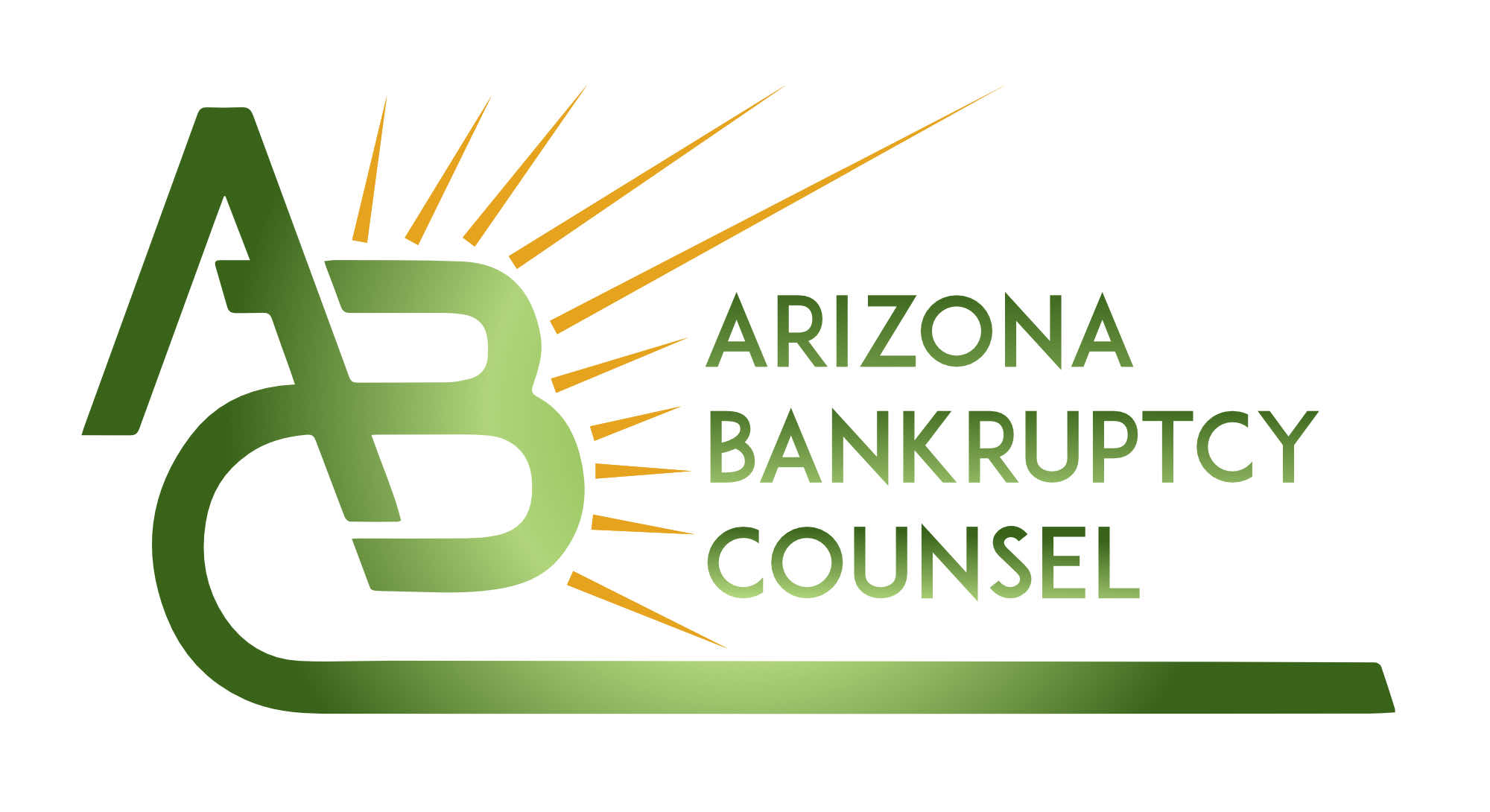One of the earliest issues a debtor faces in bankruptcy is securing approval to use money. A chapter 11 bankruptcy filing prohibits creditors from acting against the debtor, but it also requires the debtor to secure approval to use certain funds which are subject to creditor liens.
This post provides a brief introduction to the issues that arise when a debtor seeks to use these funds, which are termed “cash collateral.”
- What kinds of “cash” do these rules govern? The “cash” part of the definition is broader than may at first appear, and includes: “cash, negotiable instruments, documents of title, securities, deposit accounts, or other cash equivalents.” 11 USC § 363(a). The most common varieties are cash, undeposited checks (“negotiable instruments”), and checking accounts (“deposit accounts”).
- Does state law give someone else an interest in the funds? Funds are considered “cash collateral” only if “an entity other than the estate” has an interest in them, in addition to the debtor’s interest. 11 USC § 363(a). This presents a question of state law. Common examples are rents received from mortgaged property and cash received from accounts receivables given as collateral. Small businesses are often unaware that they provided liens against their rents or accounts receivables when they took out their loans.
Once cash collateral has been identified, the following rules apply to its use:
- The debtor must have the consent of each lienholder, or the authorization of the Court, to use the cash collateral under 11 USC § 363(c)(2). At the request of the lienholder, the court “shall prohibit or condition such use, sale, or lease as is necessary to provide adequate protection of such interest.” 11 USC § 363(e). The application of this requirement may vary with the proposed use.
- Creditors may lose their state law lien rights under 11 USC § 552(a) if
- the cash was acquired post-petition and
- it is not rent or proceeds.
Note that the timing is not definitional, since cash is “cash collateral” “whenever acquired,” but the timing still affects the continued enforceability of those lien rights. Further, the terms used are a simplification: “rent” is a shortcut for “rents of [property given as collateral] or the fees, charges, accounts, or other payments for the use or occupancy of rooms and other public facilities in hotels, motels, or other lodging properties”; “proceeds” is a shortcut for “proceeds, products, offspring, or profits of [property given as collateral].” 11 USC § 552(b).
- If the proposed use of cash collateral constitutes “reasonable, necessary costs and expenses” of the property which benefit the lienholder, the use may be authorized under 11 USC § 506(c). Note that these or similar expenses may also be approved over the creditor’s objection on grounds that the spending itself protects the lienholder’s interest in the income stream. For example, keeping the lights on in apartment complex common areas keeps tenants from terminating their leases.
- A proposed use of cash collateral may be approved if the creditor’s lien can be avoided. 11 USC § 552(b).
- A creditor’s lien against post-petition cash collateral may be limited “to any extent that the court, after notice and a hearing and based on the equities of the case, orders otherwise.” 11 USC § 552(b).
This outline does not explore any of these issues in detail, but provides an overview of the framework in which the issues are likely to arise. Bankruptcy judges typically approve reasonable and necessary operating expenses related to the underlying collateral, and may approve other expenses necessary to keep the debtor in operation.
Please feel free to contact me online, or by phone or email, to discuss whether a chapter 11 bankruptcy is a good fit for your situation and, if so, to identify in advance the cash collateral issues your case may raise.
